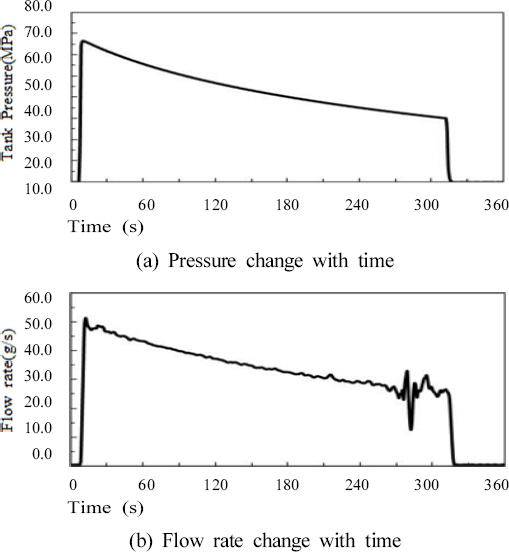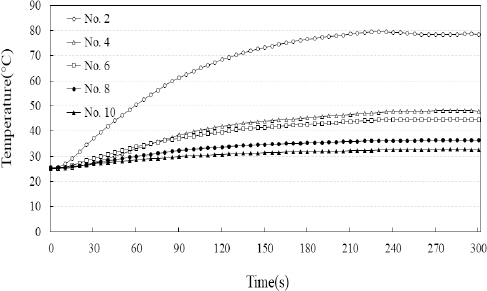1. National Fire Protection Association, “Hydrogen Technologies Code”, NFPA 2, pp. 20-25 (2020).
2. S. H Kim, Y. M Choi, K. H Hang, J. Y Shim, I. C Hang and T. W Lim, “The Evaluation of Fire Reliability for the High Pressure Hydrogen Storage System do Fuel Cell Vehicle”, Transactions of the Korean hydrogen and new energy society, Vol. 22, No. 4, pp. 520-526 (2011),
https://doi.org/10.7316/khnes.2011.22.4.520.

3. B. W Kang and T. H Lee, “An Investigation of hazard distance in a Series of Hydrogen Jet Fire with the Hyram Tools”, Transactions of the Korean hydrogen and new energy society, Vol. 28, No. 2, pp. 166-173 (2017),
https://doi.org/10.7316/KHNES.2017.28.2.166.

4. D Makarov and T Tretsiakova, “Hydrogen Fires”, HyResponse No 325348, (2006).
5. D Makarov, V Shentsov, M Kuzenetsov and V Molkov, “Hydrogen Tank Rupture in Fire in the Open Atmosphere :Hazard Distance Defined by Fireball”, Hydrogen, No. 2, pp. 134-146 (2021),
https://doi.org/10.3390/hydrogen2010008.

6. National Fire Agency, “Reflective Clothing for Specialized Fire-fighting”, KFS 0037, (2020).
7. Korea Fire Institute, “Performance Certification and Product Inspection Test Rules for Heat Protective Clothing”, KFI Rule, (2021).
8. S. T Hong, J. H Jeong, S. Y Kim and C. G Kwon, “Performance Evaluation Criteria for Safety Helmets of Forest Firefighting Crews”, Fire Science and Engineering, Vol. 33, No. 5, pp. 66-77 (2019),
https://doi.org/10.7731/KIFSE.2019.33.5.066.

9. Korea Fire Institute, “KFI Certification for Firefighting Safety Helmet”, KFI Certification 81, (2014).
10. National Fire Protection Association, “Standard on Protective Ensembles for Structural Fire Fighting and Proximity Fire Fighting”, NFPA 1971, pp. 35-46 (2018).
11. EN, “Helmets for fire fighting in buildings and other structures”, EN 443, (2008).

12. J. O Park and Y. H Yoo, “Analysis on the Effects of Jet Flame of Hydrogen Fuel Cell Electric Vehicles in Semi- Enclosed Space”, Proceeding of 2021 Autumn Annual Conference, Korean Auto - Vehicle Safety Association, (2021).

















